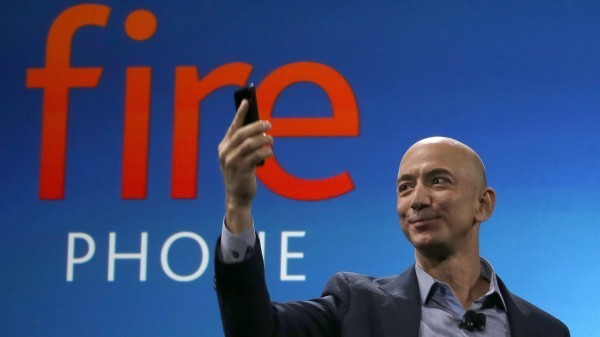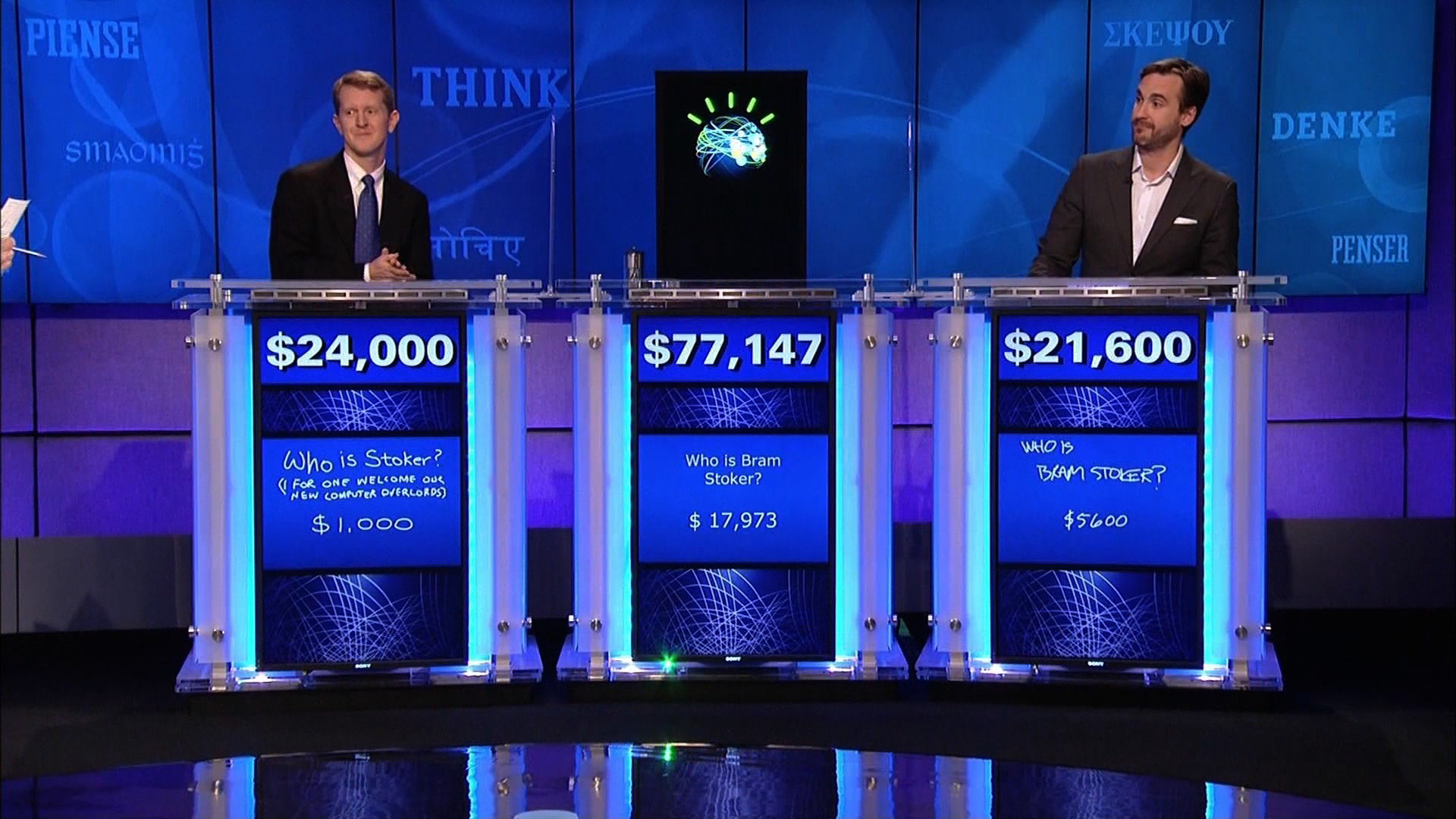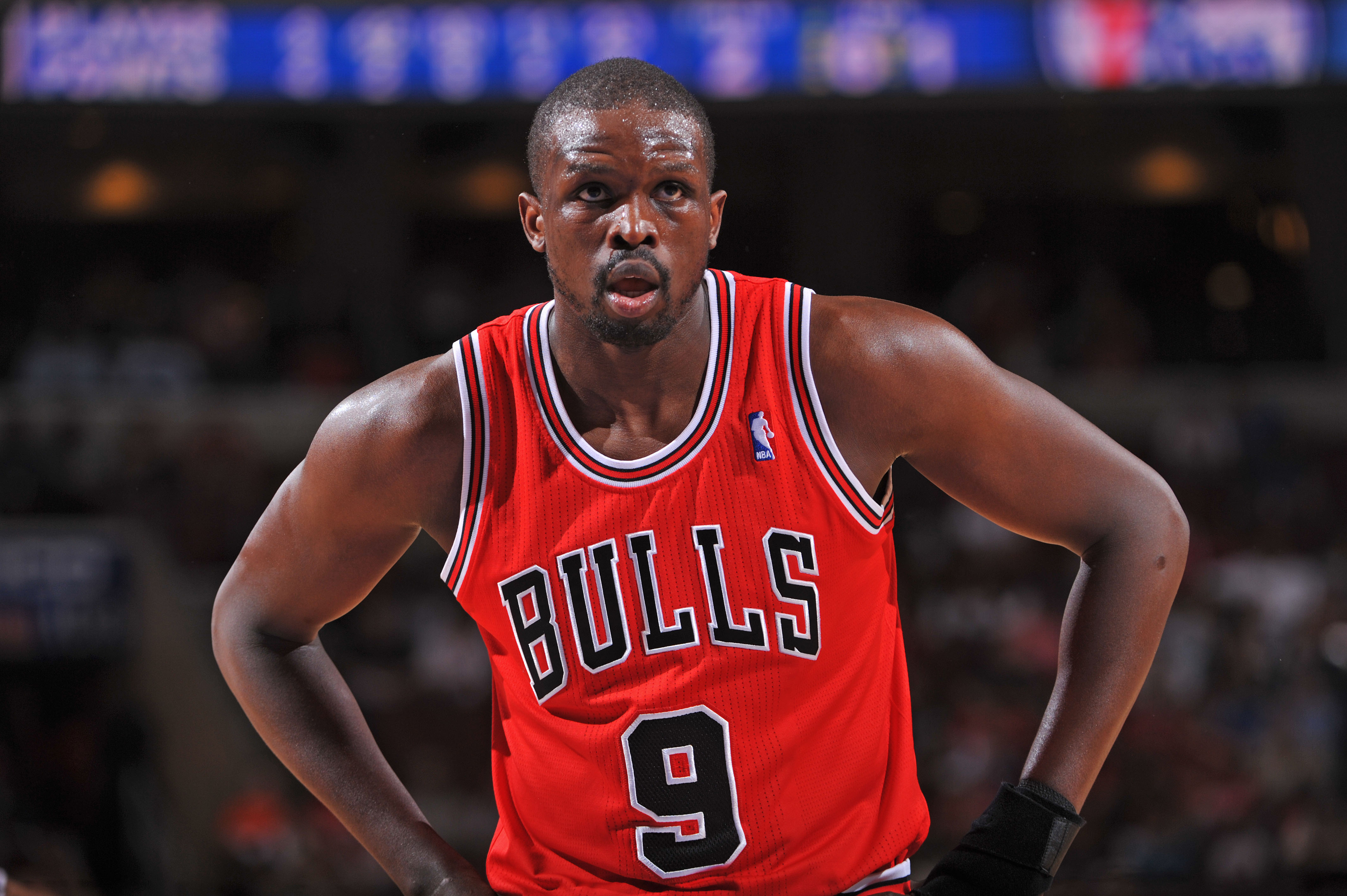Amazon’s Dynamic Perspective: Gaming’s history will repeat itself
 Thursday, June 19, 2014 at 3:05PM
Thursday, June 19, 2014 at 3:05PM 
Yesterday, Amazon made its long-anticipated announcement that it will formally be entering the smartphone phone market, with what it’s calling the Fire Phone. As expected from Amazon, the product promises (and will likely deliver) a lot. At a starting price of $199 for a 32GB phone with a one-year AT&T contract, the device provides (a) an image, voice, and text recognition-based service for buying products its users encounter in the world; (b) a full-year of the company’s incredible Amazon Prime service (read: free music, movies, TV shows, books, and two-day shipping on physical products); (c) it’s innovative “Mayday” video chat-based customer support service; (d) free cloud storage for every photo taken with the phone; and more…
But one of the most talked about features of the new device is what Amazon is calling Dynamic Perspective — or what some are calling the “3D” user experience supported by the phone (demo here & foreshadowed by a patentfrom Bezos himself in 2008). Sample applications of the technology include new views of stadium seats in a ticket purchase experience on StubHub and zooming into real estate photos on Zillow by simply moving the phone closer to your face. Dynamic Perspective is enabled by the phone’s four front-facing cameras which detect where a user’s head is at any given time, updating 60 times per second. They’ve even included infrared lights in each camera to ensure that the technology works in the dark. There are many technologists who will do a better job of explaining the mechanics of the Dynamic Perspective, but I’d like to focus on what I believe to be it’s motivations and implications. I believe they are huge. And it starts with gaming.
If you think about the past 10 years across the technology landscape, there have been at least 3 major digital platform transitions that have occurred:social (Facebook), mobile (Apple & now Google), tablet (Apple, Amazon, & now Google). And on each platform, there has been one category that has led the charge in mass market consumer adoption: gaming — accounting for the plurality of platform revenue. When new platforms emerge, they start as pretty boring places to ‘hang out’ until application developers are able to sync their teeth into the potential of the new form factor or user experience. On Facebook, other than sharing articles, status updates, and photos, when Facebook released it’s Platform in 2007, there was not much to do. But within a short few months, with the birth of companies like Zynga, Playdom, and Playfish, people were hooked. They made games that you were meant to play with your friends, something you could not really do with the same ease before Facebook. When Apple opened up its App Store in 2008, similarly there was not much interesting going on. Remember fart & beer apps? As expected, the legacy gaming companies were slow to develop much of substance. Then came Rovio, makers of Angry Birds. The game took advantage of the snackable nature of mobile entertainment. It leveraged simple hand gestures like drag-and-release to power it’s slingshot. When Apple launched the iPad in 2009, it was met with a tremendous amount of skepticism. And while it was used early as a media consumption device (largely books & video), again, with the rise of mid-core strategy games likeClash of Clans (by Supercell) which required deeper engagement & broader screen real estate than a mobile phone could offer, gaming drove big time business for the platform. [At General Catalyst, we believe that we’re still in the middle of the tablet platform transition, recently backing the team fromSuper Evil Megacorp, to reimagine what core gaming can look like on the medium]
When a game takes off on a platform, it is unique content that users cannot find anywhere else. For example, Supercell only launched on Android a few months before it sold 51% of the company for $1.5B. Because consumers could not get the games elsewhere, they were compelled to purchase an iOS device. In Zynga’s case, they helped drive users away from competing social networks, who lacked such rich entertainment experiences. Amazon has tried to differentiate its phone from a media perspective by giving away music, books, movies, and TV shows with it’s free year of Amazon Prime. But consumers can already get (or in most cases already have) relatively cheap access to to that content. What consumers cannot find elsewhere, however, is what game developers might dream up with Amazon’s Dynamics Perspective SDK. Some people have talked about gaming experiences like first person shooters or sports games (massive gaming categories on other platforms). And these are only the beginning. If Amazon is able to properly evangelize the capabilities of their new Dynamic Perspective technology platform to the gamging community, they may create yet another massive product category within the Amazon product portfolio, the smartphone. My bet is that they will.

